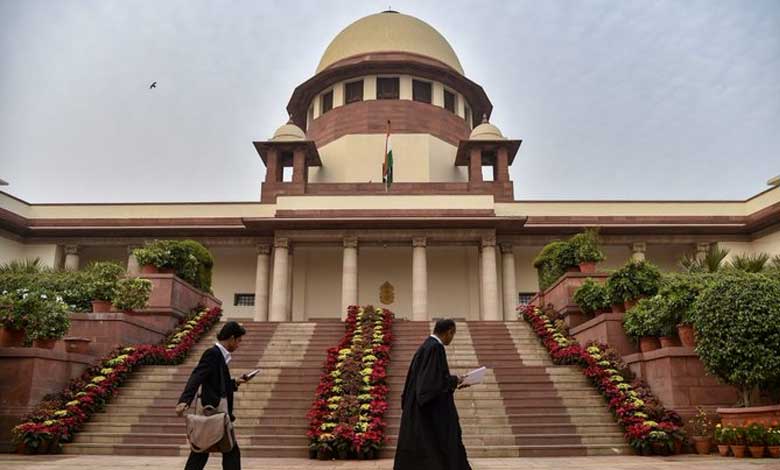45,859 Supreme Court Judgments Translated in Vernacular Languages: Law Ministry
The Ministry of Law and Justice has informed the Parliament that a total of 45,859 Supreme Court judgments has been translated into various vernacular languages, with 36,335 of them specifically translated into Hindi.

New Delhi: The Ministry of Law and Justice has informed the Parliament that a total of 45,859 Supreme Court judgments has been translated into various vernacular languages, with 36,335 of them specifically translated into Hindi. These translations have been made available to the public through the e-SCR portal, according to a statement made by the Minister of State (Independent Charge) for Law and Justice, Arjun Ram Meghwal.
Table of Contents
High Court Judgments Translated in Hindi and Vernacular Languages
As of September 27, 2024, a total of 12,629 judgments from nine High Courts have been translated into Hindi. Additionally, 18,315 judgments have been translated into other regional languages and are accessible on the websites of the respective High Courts. These efforts are aimed at improving access to justice for citizens across the country, making it easier for people to understand legal proceedings in their own languages.
New Legal Aid Scheme to Support Criminal Defendants
In response to a question in Lok Sabha about the government’s initiatives to provide accessible justice, Minister Meghwal also highlighted the launch of a new Central Sector Scheme called the Legal Aid Defence Counsel System (LADCS). Approved on March 12, 2024, the LADCS scheme is focused on offering legal aid for criminal cases only. The financial outlay for this scheme is Rs 998.43 crore, covering a period of three years (FY 2023-24 to FY 2025-26).
As of September 30, 2024, the LADCS offices are functioning in 653 districts across the nation, employing a total of 4,674 staff, including 3,167 Defense Counsels. In the year 2024-25, the LADCS offices have handled more than 2.54 lakh criminal cases, demonstrating the government’s ongoing commitment to ensuring legal support for the disadvantaged.
National Legal Services Authority (NALSA) Initiatives
Minister Meghwal also spoke about the National Legal Services Authority (NALSA), which was established under the Legal Services Authorities (LSA) Act of 1987 to provide free and competent legal services to marginalized sections of society. NALSA runs a range of initiatives, including legal aid and advice, legal awareness programs, victim compensation schemes, and Lok Adalats to ensure justice for all.
DISHA Scheme to Promote Holistic Access to Justice
In 2021, the government launched the “Designing Innovative Solutions for Holistic Access to Justice in India” (DISHA) scheme, aimed at improving legal accessibility nationwide. With an allocation of Rs 250 crore for the period 2021-2026, the DISHA scheme is focused on enhancing the delivery of legal services through programs like Tele-Law, Nyaya Bandhu (Pro Bono Legal Services), and Legal Literacy.
Also Read: AAP Confident of Victory in Over 50 Delhi Assembly Seats, Claims Gopal Rai
By January 2025, the Tele-Law service will be available across 2.5 lakh Gram Panchayats in 785 districts across 36 states and union territories. To date, it has provided pre-litigation advice to over 1.06 crore beneficiaries, demonstrating the significant reach of this initiative.

These reforms are part of the government’s larger effort to ensure that legal services are accessible, affordable, and tailored to meet the needs of citizens across India.
